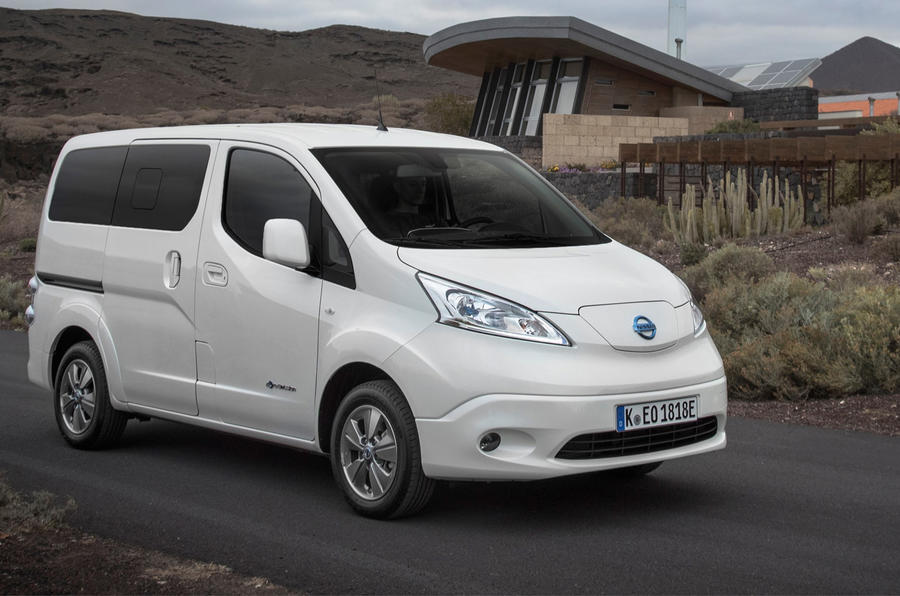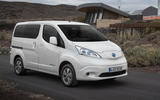Realistic expectations are required to appreciate some, if not quite all, of the characteristics of the e-NV200’s driving experience. That there’s plenty of low-down, low-speed torque available from that electric motor, however, is absolutely plain. The car picks up pace from urban speeds with gusto – much more, in fact, than you’d get from an economy diesel seven-seater – though its performance feels less and less assertive the farther you go beyond 50mph. By the time you close on the car’s electronically limited top speed of 76mph, it feels considerably less strong than its combustion engine equivalent might. A small comfort, perhaps, to think that at least it won’t be e-NV200 van drivers rushing up behind you well beyond the national speed limit in the outside lane of the motorway.
The other drawback of travelling at motorway speeds in this car is the remarkable amount of wind noise intrusion it suffers from. Having a particularly upright cabin profile, large door mirrors and commercial-grade door seals not intended for the last word in refinement, the Evalia would give you the impression you were driving through a storm-force gale even when conditions were clement.
The car’s ride is equally rudimentary: with leaf springs and a torsion beam suspending the rear of the car, it handles smooth roads adequately enough but is easily upset by fairly low amplitude bumps, and generally makes life less comfortable for those travelling in the rear than you’d ideally like. Handling is more decent: with a weighty drive battery carried down low, the car manages its mass fairly tidily around sharpish bends, though that tricky driving position would make it such a demanding car to physically set about if you were in a hurry that you’d be unlikely to be in a hurry for very long.
As for real-world range – probably the big question for anyone genuinely considering whether this car might fit into their family’s life – it’s certainly markedly improved, but perhaps not by enough to make the Evalia widely suitable as a private buy.
While a 106-mile range was claimed for the outgoing version, this was by the soon-to-be-replaced ‘NEDC’ lab test driving cycle; in mixed real-world use, electric range was more like 80 miles – which plainly wasn’t enough for plenty of van drivers and MPV customers alike. The new version’s 40kWh battery delivers a genuine range in the region of 110-120 miles. Our test was indicating just over 200km of available battery range at full charge, which proved a broadly realistic estimate as our test route went on. Given the car’s also ‘ChaDeMo’ DC fast-charge compliant, that would make it usable on short-range trips and occasional well-planned longer runs. Probably not quite justifiable as a family’s bigger primary mode of transport, though.
































Add your comment